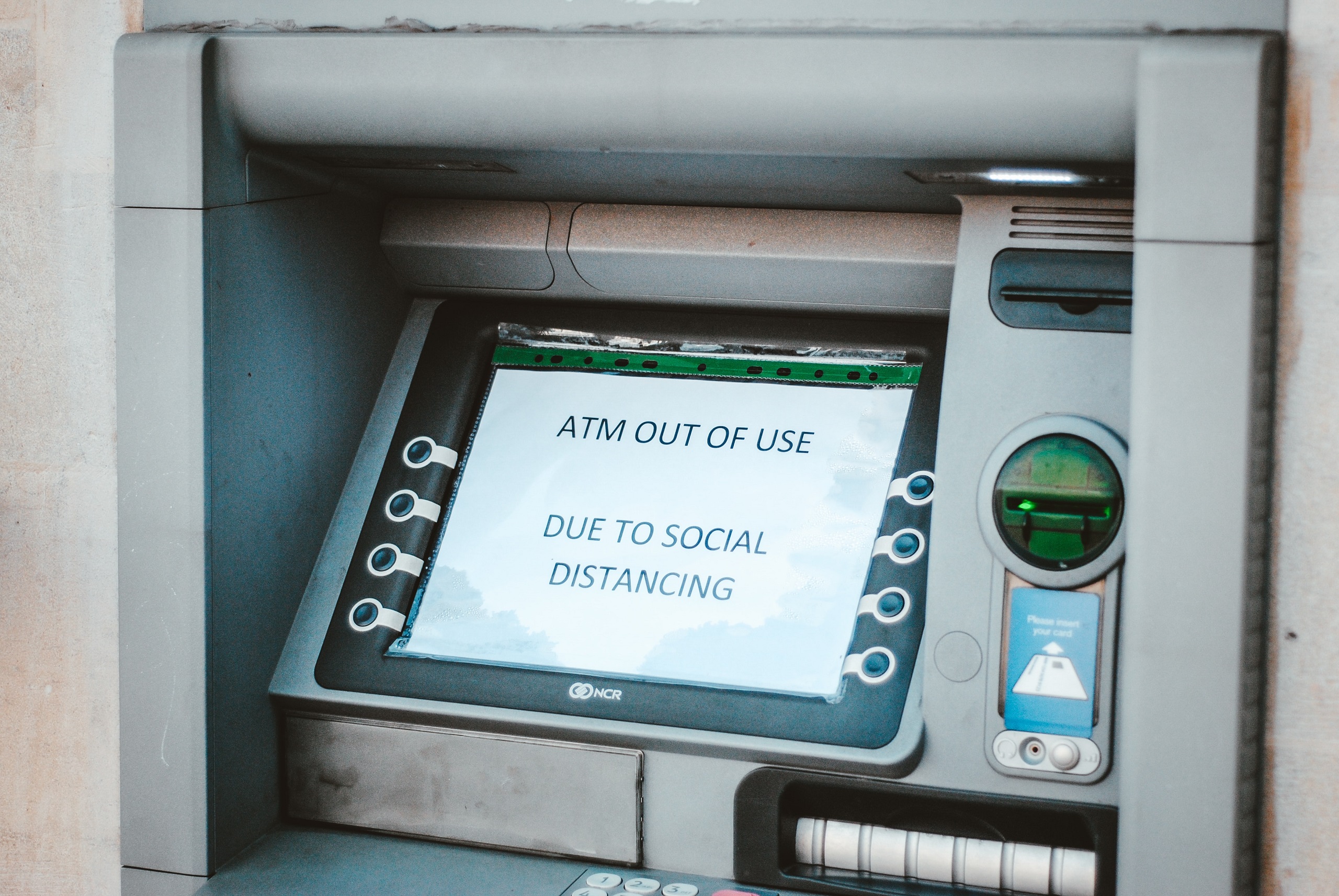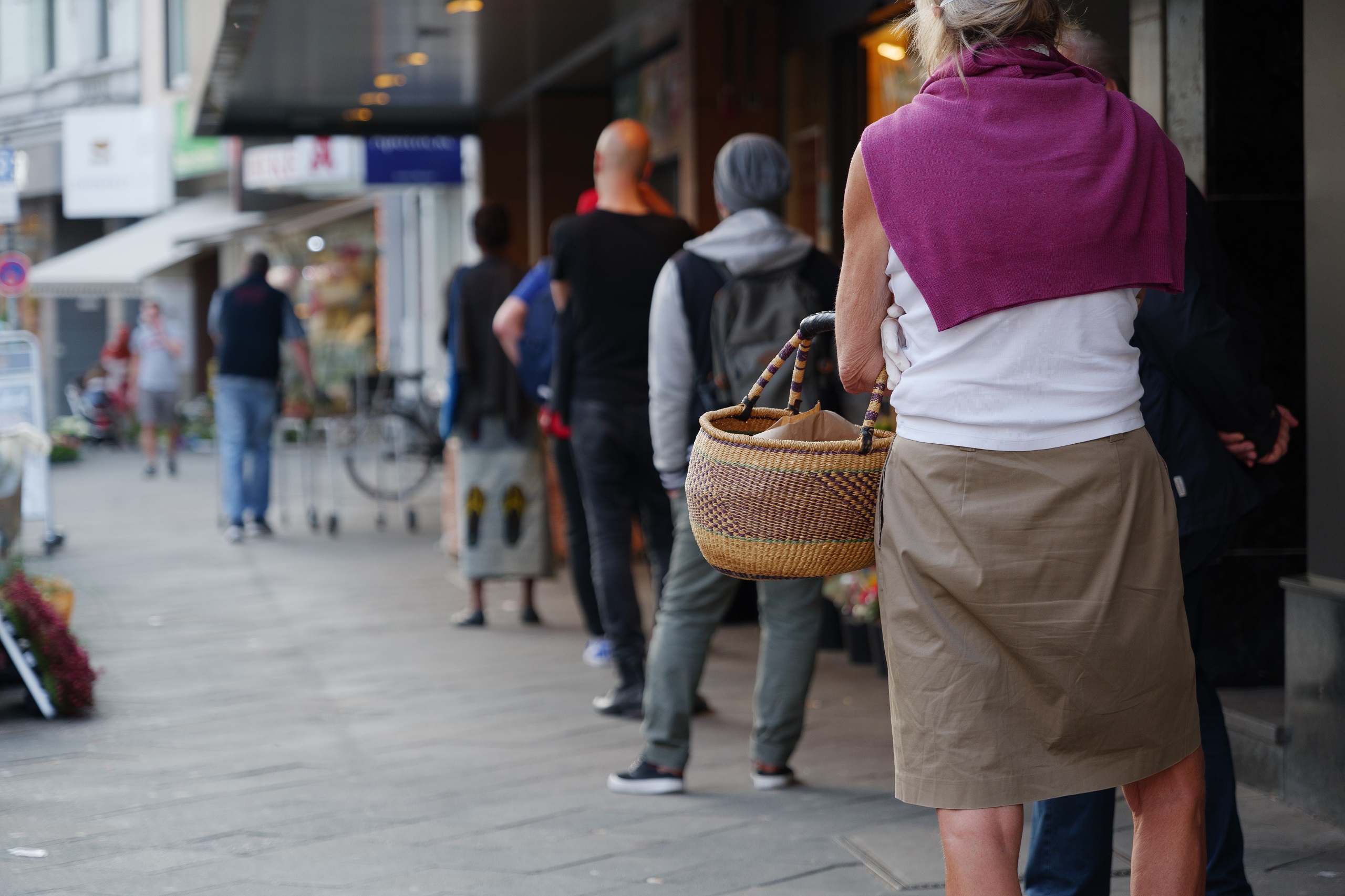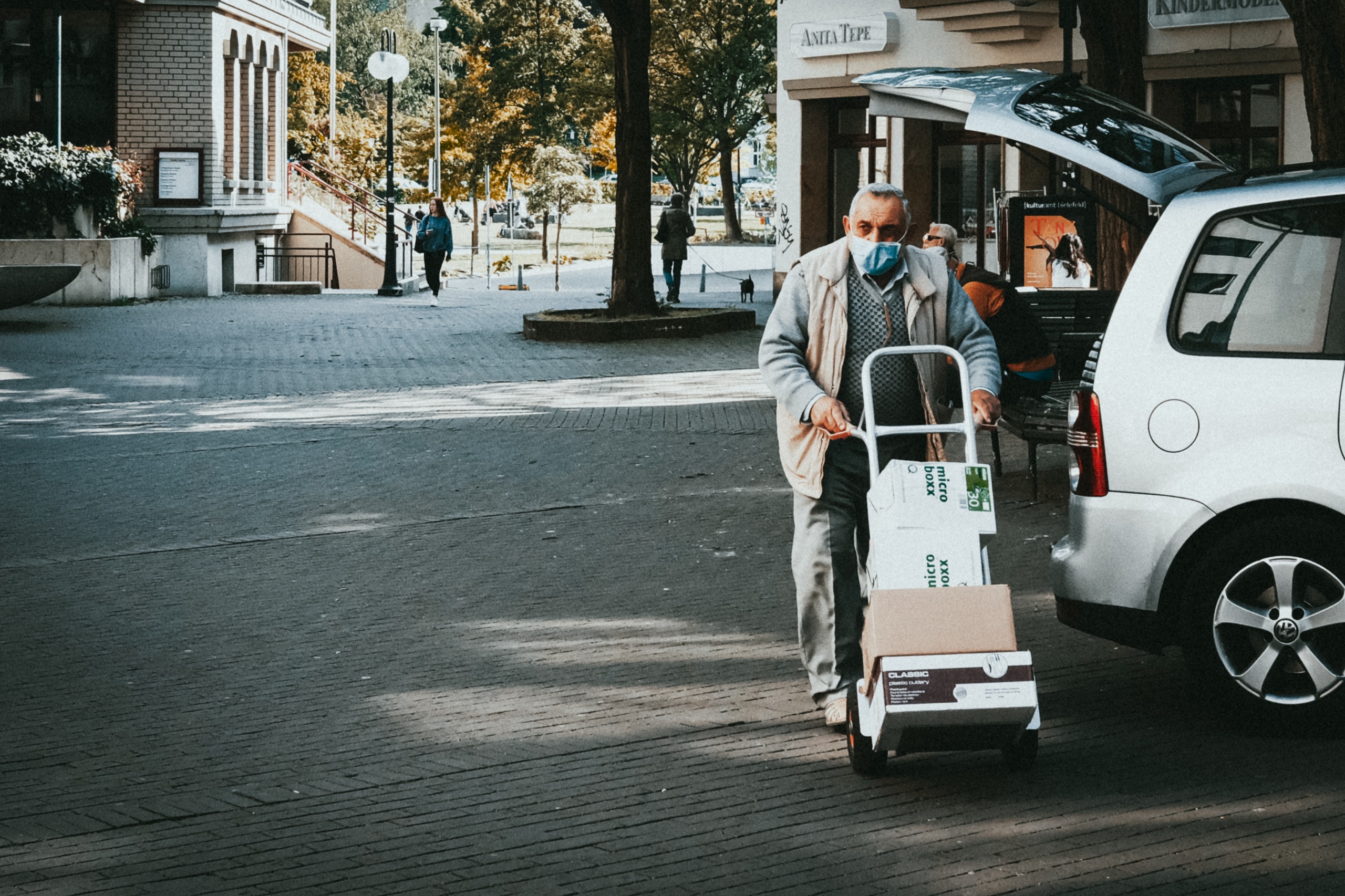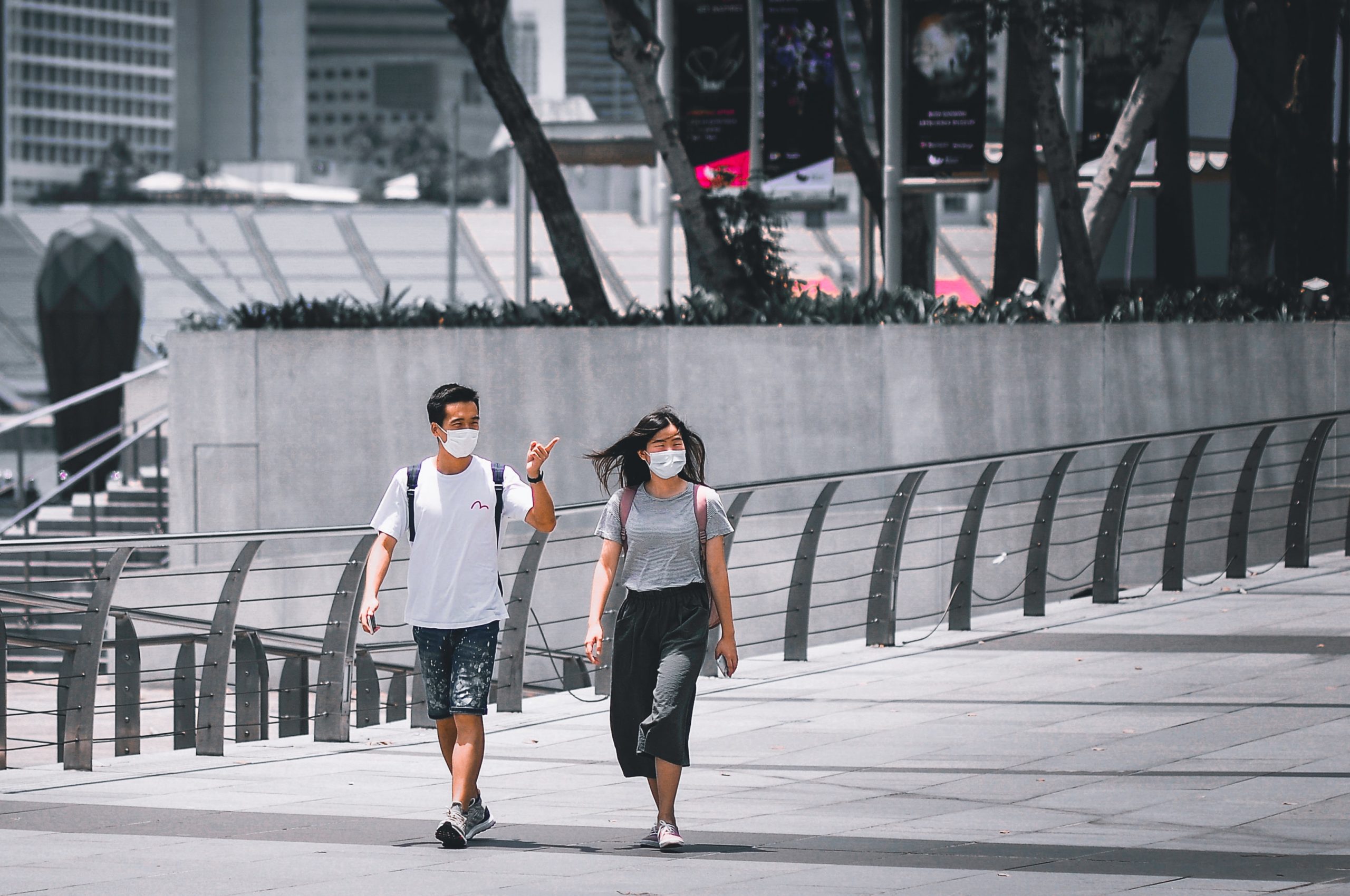Confidence vs caution: from fashion to finance, behaviours are changing
This blog post is a collaboration between market research firm, GlobalWebIndex (GWI) and location advertising and analytics company, Blis, and it reveals the answers to these questions by comparing what people say (in consumer research) vs what they do (in the real world).
Confidence vs caution: from fashion to finance, behaviours are changing Read More »








